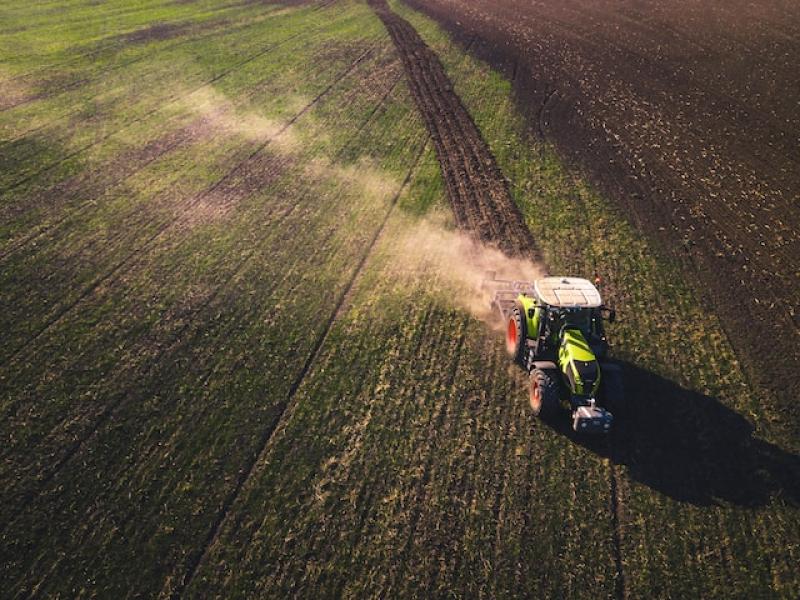
In Canada and the United States, cover crops are promoted as a management tool for improving soil function in field crop production systems. Ideally, cover crops are grown before or after the main field cropping season so that a growing season is not devoted solely to cover crops.
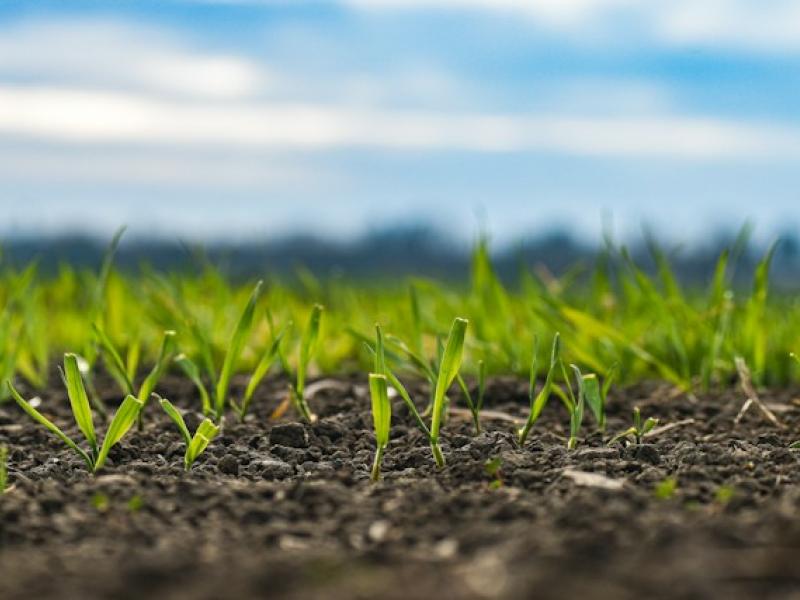
However, cover crops are not ideal for all climates outside of the main field crop season. In areas of North America above the 43rd parallel and west of the 100th meridian, cover crops usually will not work outside of the primary summer cropping season due to short growing seasons and/or relatively dry climates. While irrigation is important in some areas like the High Plains dryland acreage of field crops is significantly greater than irrigated acreage across this region. Considering the expense of irrigation infrastructure and the limits of existing water resources, dryland production of field crops north of the 43rd parallel and west of the 100th meridian will remain an important method of commercial production.
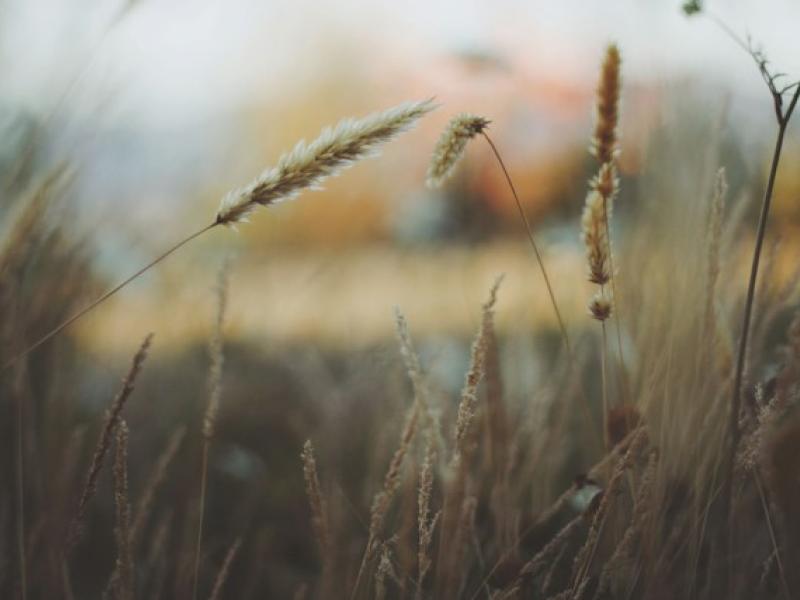
While various forms of the classic wheat-fallow rotation became dominant across the region between the 1920s and 1970s, the financial and environmental viability of wheat fallow-only systems started to be questioned as a result relatively low wheat prices along with severe soil erosion and poor soil function resulting from long periods of soil being left bare. A number of practical innovations have been adopted in these colder and/or drier climates that have allowed for the adoption of continuous cropping systems (with some important exceptions in the arid climates of interior Washington State or the Southern High Plains). At present, continuous cropping dryland systems use innovations which allow for soil health practices to be used minus cover crops. They include:

1) Maximizing post-harvest crop residue: This can be achieved using stripper headers (small grains), pan headers (sunflowers), or specially configured conventional corn headers. Another benefit of not reducing residue processed by combines is reduced machine wear and tear and lower fuel consumption.
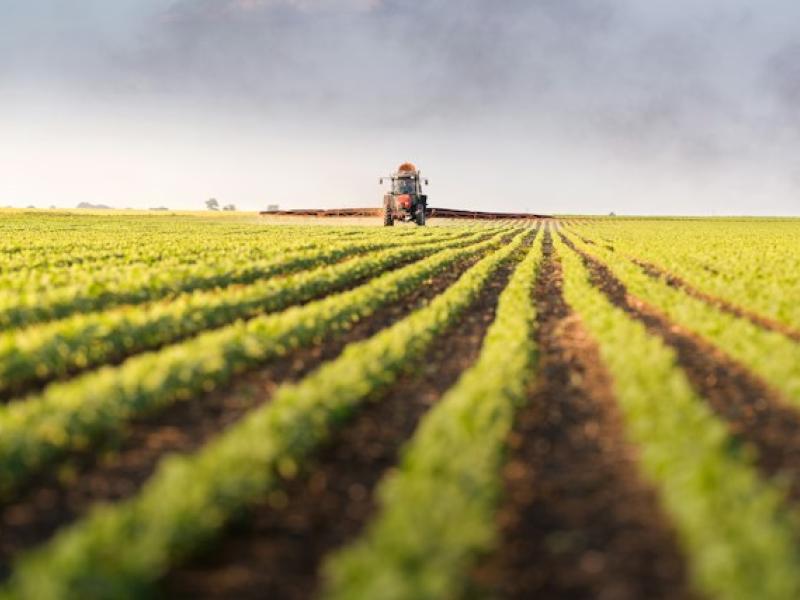
2) No-till drills or row crop planters configured to handle large amounts of the previous year’s field crop residue: Newer no-till drills or planters use a significant amount of downforce along with discs to cut through residue, establish good seed/soil contact at optimal planting depths, and minimize hairpinning. While no-till equipment has been widely available since the 1970s, a host of innovations have significantly improved no-till seeding and planting equipment since the early 2000s.
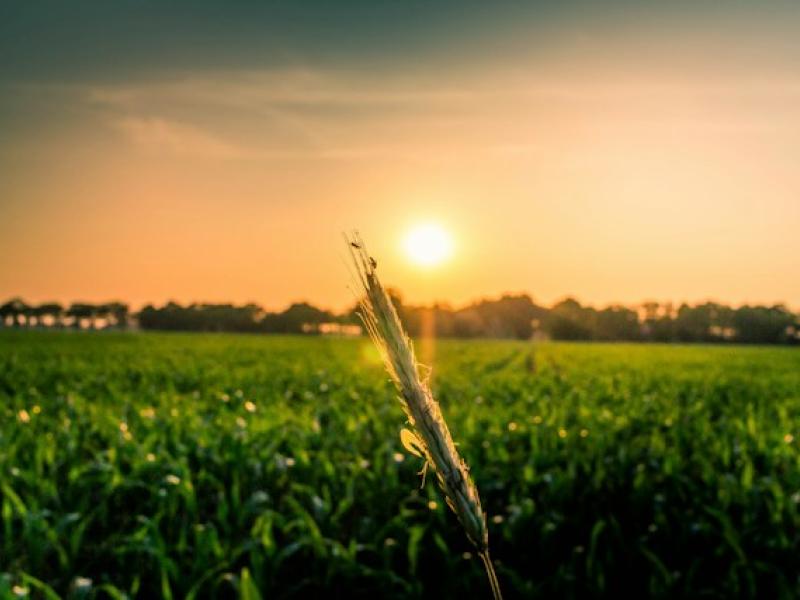
3) Broad and flexible field crop rotations: Ideally, 5-6 field crops are grown in rotation and rotations are flexibly set on an annual basis. Field crops can chosen based on interrupting pest and disease lifecycles, following best practices in herbicide stewardship, post-harvest residue maximization, and market demands. Typically, small grains play a key role in these broad rotations because they provide better post-harvest residue relative to oilseed and pulse crops.
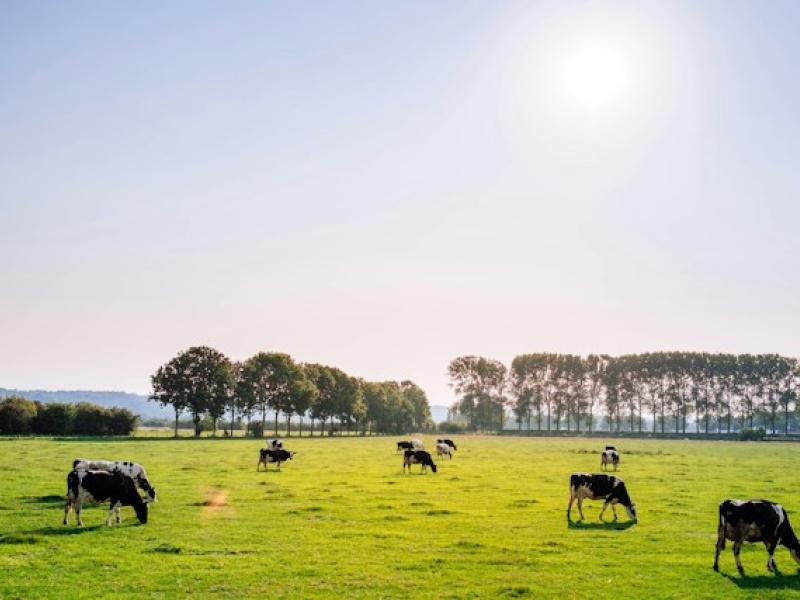
Cover crops can certainly be grown during the main summer growing season to improve soil function in colder and drier areas of North American, but farm operations must be willing to give up a field crop for one year and ideally a cover crop raised during the growing season would be grazed by ruminant livestock.
